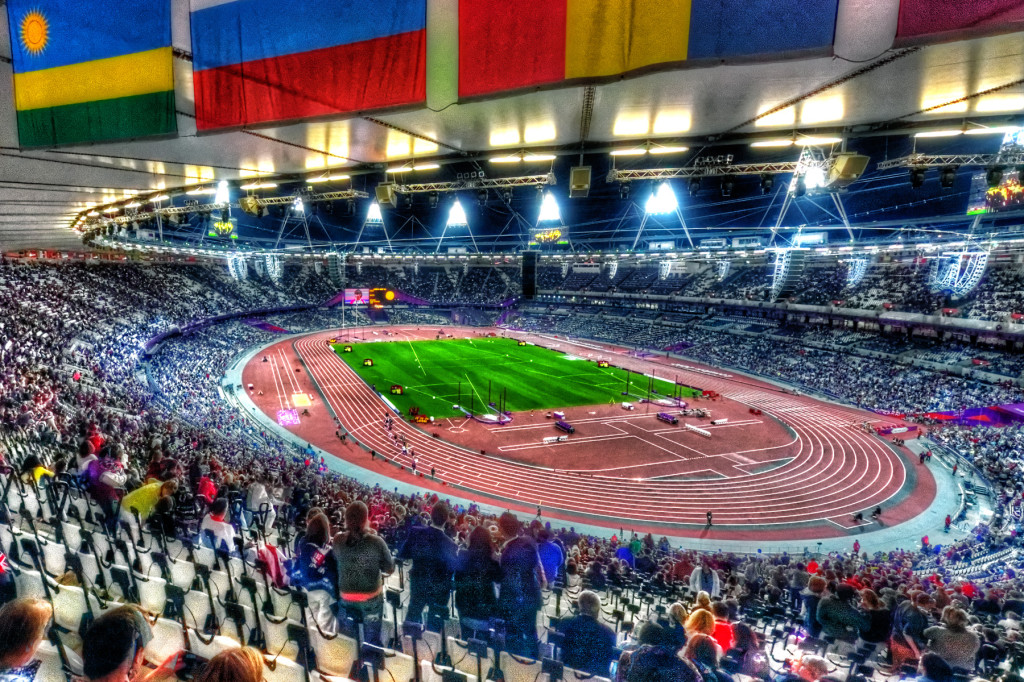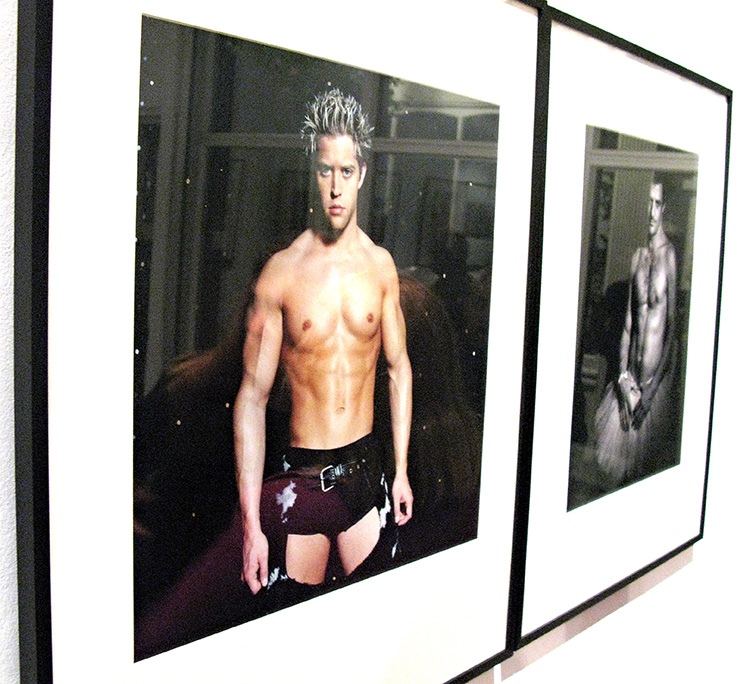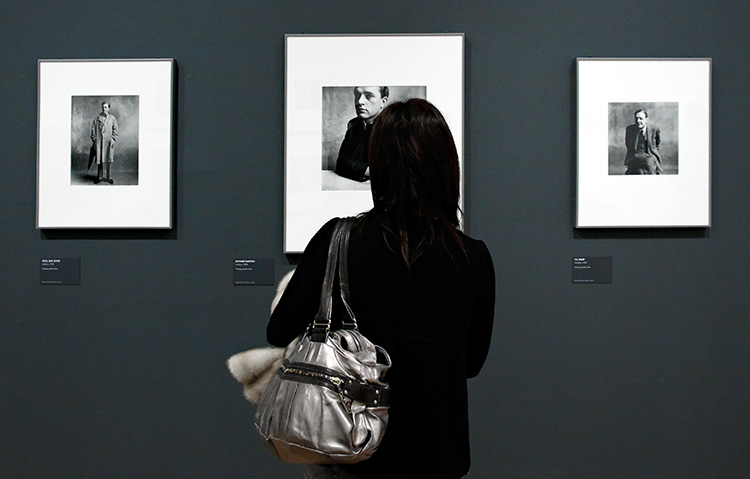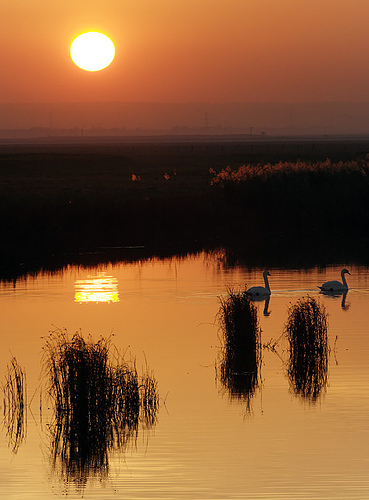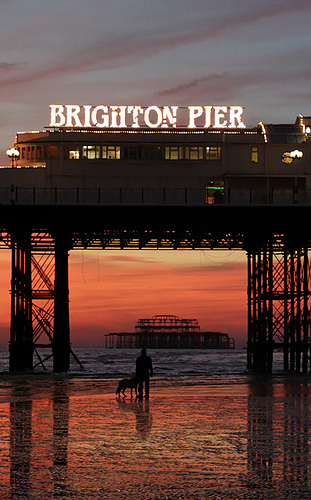With the use of social media so widespread and so commonplace these days, it’s hardly a surprise that big institutions in London have taken to networks to try to cultivate and grow their audience. What is perhaps a little more curious is that most of them seem to adopt a catch-all approach rather than having some focus on specific groups.
Maybe it’s because “mummy bloggers”, for example, are perceived as a phenomenon while photographers and photography aren’t (though the price paid for Instagram should surely prompt some re-thinking). Perhaps the logic is along the lines that you can sell, either directly or via advertising, to the “mummy market”. While photographers are viewed as little more than a potential source of free images that would have had to have been paid for in the past. In both cases it feels like the traffic is one way.
There are some notable exceptions, but they are few and far between. One of the best (and possibly earliest) examples of what can be done happened in 2007. In conjunction with their Henry Moore exhibition, Kew Gardens ran a photo showcase to feature images contributed via Flickr.
James Morley, the website manager at Kew, offered free tickets to Flickr users for one day (and laid on tea and biscuits). The afternoon was a great success and the photos taken helped seed the group. By the time the exhibition closed more than 2,500 pictures had been submitted, with guest judges selecting a top 20 for each season – including one of mine – and an overall top 20 at the end.
At the time it seemed to be a novel idea that was cleverly executed. But, for whatever reasons, Kew never seemed to take it any further.
The following year the London Transport Museum did something similar, holding a mini-meet as part of their re-opening. Unfortunately, any goodwill the museum established is likely to have evaporated in the wake of the way photographers were treated at the recent Aldwych station open day.
So when I read that the National Maritime Museum were looking for active Flickr users to take part in a co-curation project I was curious on multiple levels. I come from a naval background but last visited the museum as a child. I’ve lived in Docklands for decades and have walked through Greenwich countless times but have never thought of paying the museum a return visit. And the project involved the Commons, a feature that Flickr and museums could, I think, put to much better use.
The basic idea of the NMM project is simple. Get a group of people to select a batch of photos to be exhibited for six months in the museum’s interactive galleries in the Compass lounge. Either from material already in the Commons, or from the museum’s own online collection and traditional archive. What gets chosen and why will also contribute to a PhD project by Bronwen Colquhoun, researching how the Commons is used.
The chance to get a behind the scenes look at the NMM archives was tempting enough. But I also have a vested interest in seeing the Commons developed. I’m working on a project with a local historian to put old images of London online for everybody’s benefit, so the more material that’s available from the greatest number of sources the better.
I didn’t set out for Greenwich with many strongly pre-conceived ideas about what I wanted to see. I wasn’t sure there was any point in looking at major historical events (the Battle of Trafalgar, for example, has probably been done to death) and I’m not a nautical nerd, so images of ships for their own sake weren’t likely to float my boat. I was looking for something “different”; something that made me pause and wonder about what I was seeing and the story behind it.
The first point to note, and this is a Flickr failing rather than a fault of the NMM, is that it’s not immediately obvious that the museum is a member of the Commons. Go to the list of participating institutions and you’ll find a page that appears to be arranged in a random order. It’s not until you scroll almost to the end that you find a link to the museum’s Flickr stream.
There are 800-plus photos to delve into on Flickr. What most people won’t realise, because there’s no obvious link, is that there are thousands more to view in the collections on the museum’s own site. I can understand that, because of rights restrictions, not everything can be placed in the Commons. But I think it is a structural failing that the casual viewer (as I was at the time) isn’t given any pointers to other places to look.
It’s when you launch into the stream that things starts to get interesting. I skipped over a page of mainly naval material before I alighted on this.
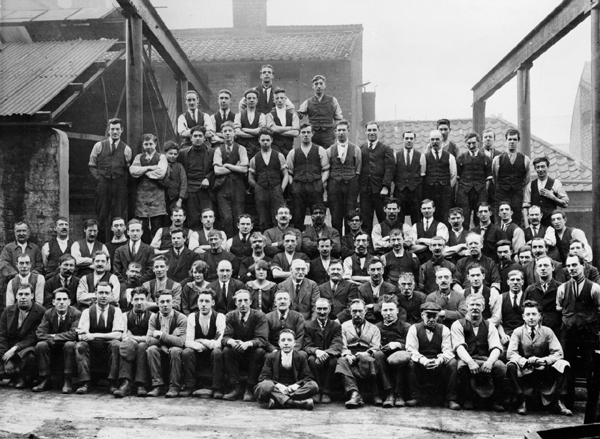
Staff at R & H Green and Silley Weir Ltd’s Blackwall establishment
Group shots of factory workers (often on an annual outing to the seaside) are, I think, quite commonplace. So it must have been that the picture had been taken just up the road that made me pause. Perhaps there were still local connections? The rest of our group weren’t quite as curious, wondering whether it was “maritime” enough. You can understand why. The only description was: “Staff at R & H Green and Silley Weir Ltd’s Blackwall establishment”.
There had to be a reason that photo was in the museum’s collection. It only took seconds to establish that Green and Silley Weir were based at Blackwall Yard, a major centre for ship building and repair. The Wikipedia page noted: “…should not be confused with the nearby Thames Ironworks and Shipbuilding Company…”. And there, suddenly, was an interesting course to follow.
I knew there had been ship building at Deptford, but clearly a lot more had been going on along that reach of the Thames. And I’d heard of Thames Ironworks, but only in the context of West Ham football. I didn’t know they’d operated on such a scale they had once been described as “Leviathan workshops”.
And just as ships arrived in London from around the globe, a Japanese warship started life on the Thames.
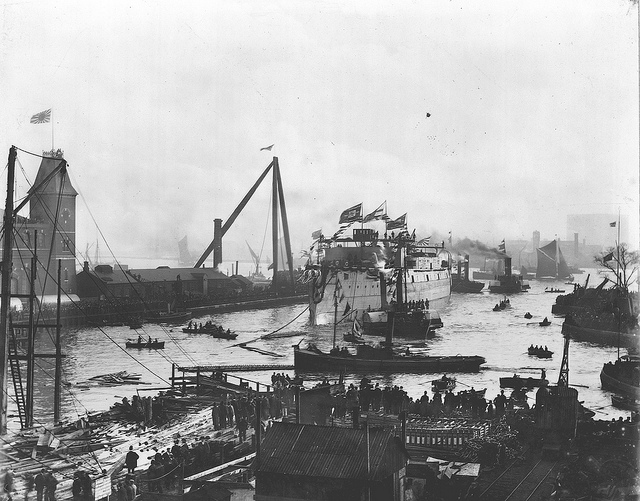
Launch of the Shikshima
Notice anything interesting? Take a look at the flag flying from the building on the left. Now that’s not something you’d see very often in east London.
I wouldn’t be surprised to unearth a lot more intriguing images over the next few weeks of the project, and what gets chosen for the display and why will be interesting enough. But the spin-off ideas from this project – guest bloggers choosing their own favourite mini-collections perhaps – could lead a lot further. It is, of course, part of a museum’s remit to organise and exhibit material in a way that informs or educates or illustrates. But there are millions of objects and only so much time. Why shouldn’t other people be involved in selecting and promoting items that might otherwise languish unseen?
I’m a photographer first and foremost, who also happens to have some curiosity about social history. One of the things I found most revealing at this project’s first meeting was that not everybody else in the group would necessarily identify themselves as a photographer. They had interests in the sea or maritime history or found objects or other fields. For them, Flickr was more about a place to view images rather than display them, and to share knowledge with people around the world.
The museum can obviously see the potential benefits of harnessing that hive mind. Flickr’s management would also do well to heed what people use their service for as they face growing challenges from other photo sharing sites and networks.
It is, I think, about a common purpose. Rather than one-way traffic it should be a form of give and take. The museum gets the benefit of fresh eyes being brought to bear on its collections, which might help influence how scarce resources are used for digitising material. While people interested in the images get the benefit of having them made visible rather than gathering dust in unseen archives. And in the middle, Flickr get the kudos for facilitating the sharing process.
The Commons was, I believe, the brainchild of George Oates. After she left Flickr, the Commons seem to have languished rather unloved. It would be good to see the NMM project be a little kickstarter for institutions to have an intelligent dialogue with photographers.
